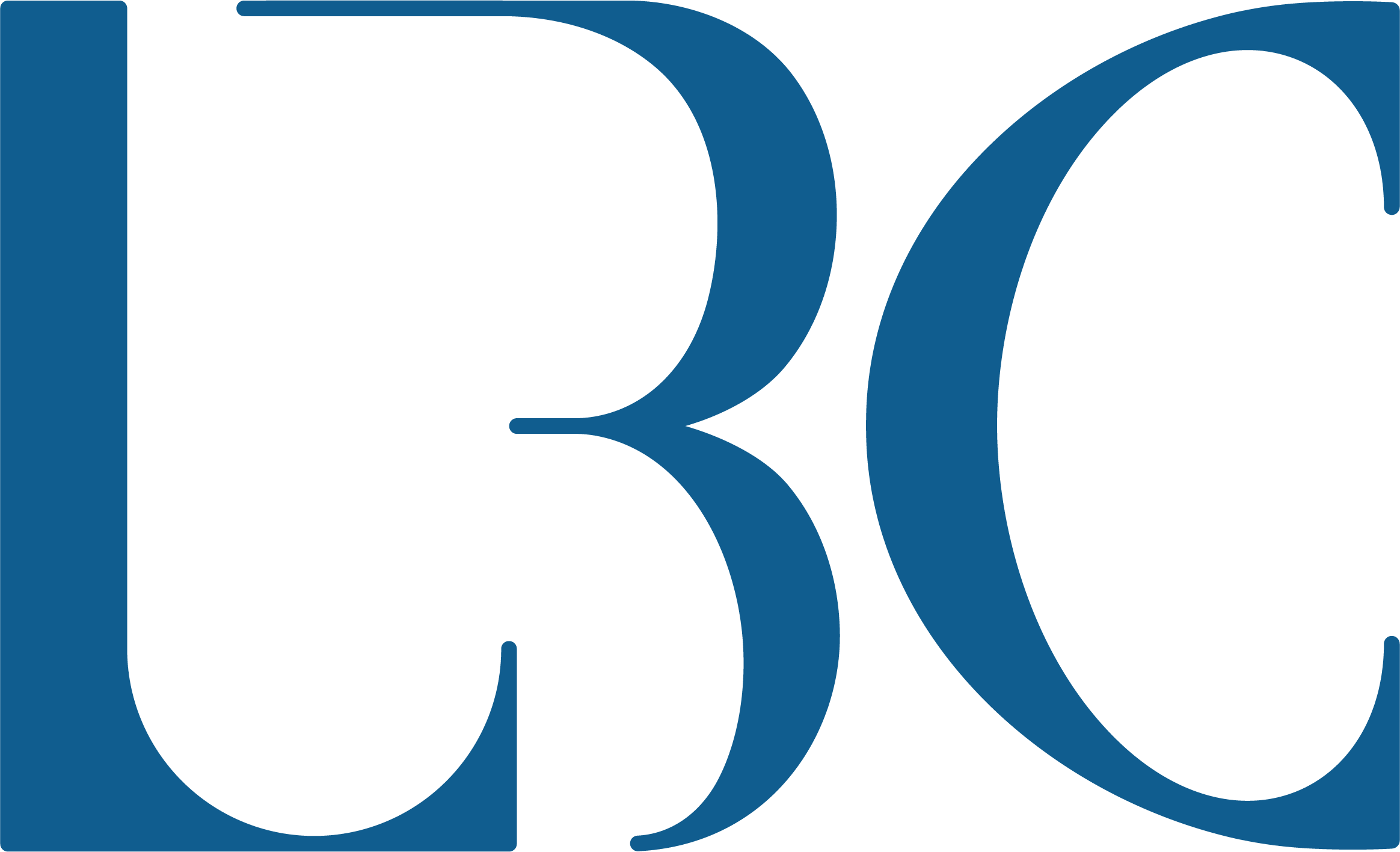
Whether in television, video games or music, representation of the LGBTQ+ community in media has progressed significantly in recent years.
Films including “Love Lies Bleeding,” “I Saw The TV Glow” and “Portrait of a Lady on Fire” draw in audiences that hope to see their communities’ stories told from a less stereotypical or harmful perspective.
In 2022, Glaad reported that LGBTQ+ representation in 2021-22 reached a record height in their annual “Where We Are on TV” report.
Out of 775 series regular characters scheduled to appear on scripted broadcast primetime programming, 92 were members of the LGBTQ+ community.
Streaming platforms hold 87% of representative LGBTQ+ content and are seen as more inclusive than traditional television.
The consumption of LGBTQ+ media goes hand in hand with the increase in LGBTQ+ media creation. Singer-songwriter Chappell Roan has swung the gates open regarding community recognition.
Opening for acts including Fletcher and Olivia Rodrigo, 26-year-old Roan gathered a mass following as a result of her powerhouse vocals and unabashed display of sexual liberation in her on-stage presence and lyricism.
Roan, whose on-stage persona was inspired by drag queens, had local drag queens open for her Midwest Princess Tour and also dedicated her “Best New Artist” VMA award to the LGBTQ+ and transgender community.
Fellow LGBTQ+ artist Girl in Red posted a video to TikTok saying Roan’s song, “Good Luck, Babe!” reminded her of her personal experience with coming out and how she tried “so hard to fight it.”
Within the past decade, the outspokenness of LGBTQ+ musicians, including Elton John, Renee Rapp and Ethel Cain, combined with the normalization of a widely LGBTQ+ society on social media and in real life, has changed how society perceives the community.
“I feel like queer media is moving in the right direction and it’s an amazing thing,” said John Hooper, a criminal justice major at Long Beach State.
Hooper, who identifies as gay, emphasized that despite the uptick in LGBTQ+ media consumption, bringing light to acts of violence against the community should also be of utmost importance.
“[Domestic violence] and [sexual assault] within same-sex individuals [is something that] a lot of people overlook, which can be invalidating and painful to the victims,” Hooper said.
While gathering CSULB student input on campus, a handful of students felt comfortable discussing LGBTQ+ media but appeared visibly tense when asked to provide their names.
The city of Long Beach is known for demonstrating support for the LGBTQ+ community, however, it does not mean that every person is shielded from uncomfortable confrontations or interactions about sexuality and gender identity.
A surefire end to homophobia is unlikely, but showing support for those who identify with the community does not have to be extravagant. Simply acknowledging that you are empathetic and respectful of everyone goes a long way.
Various LGBTQ+ organizations and campaigns can be found here.















